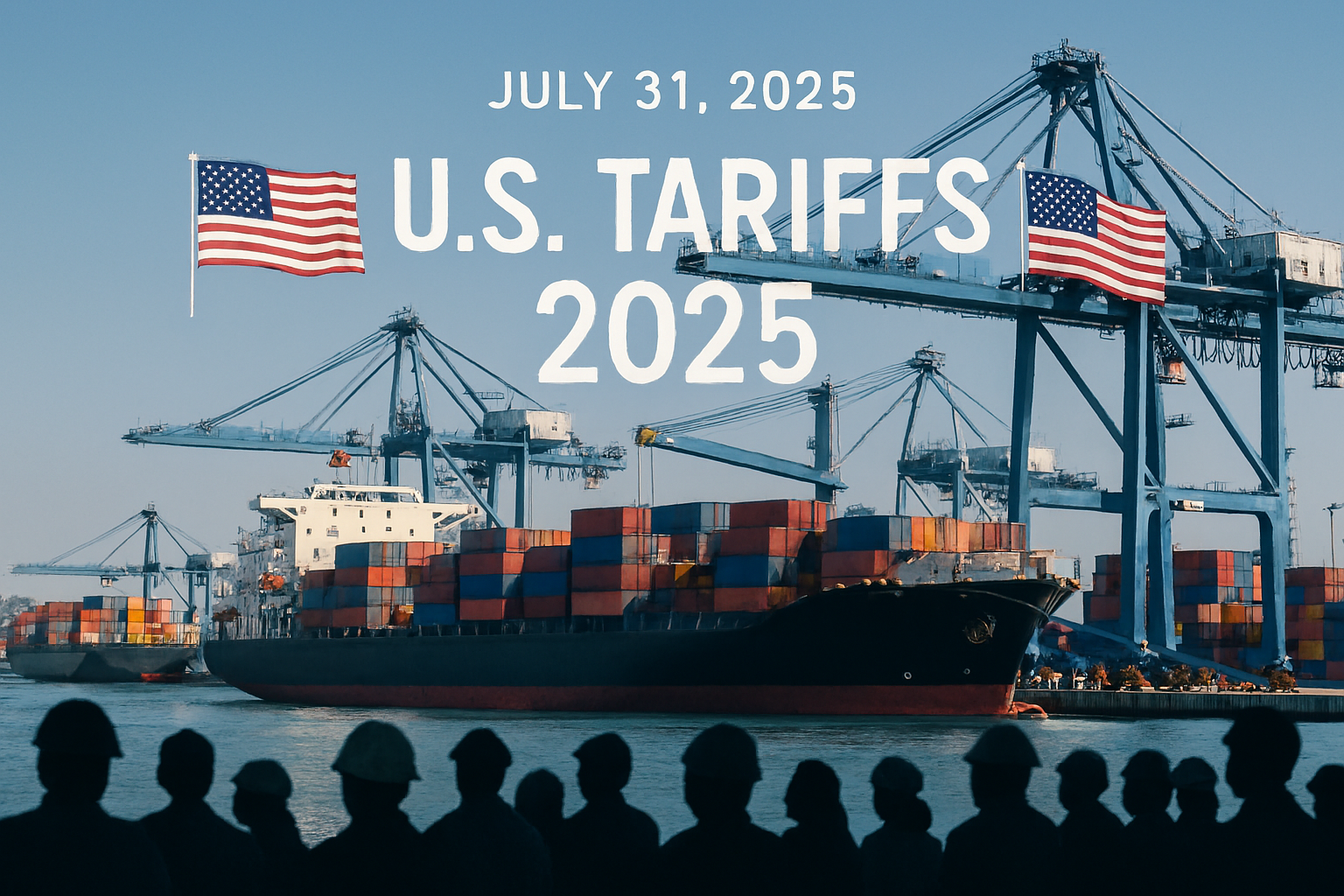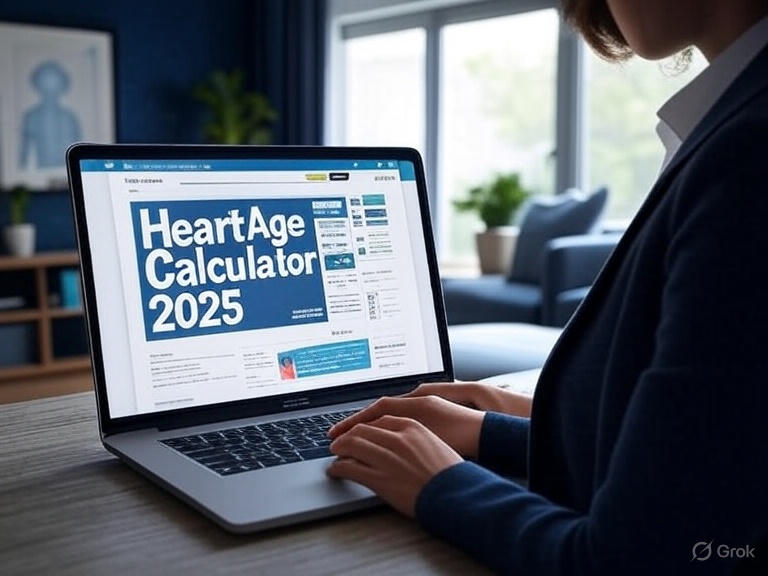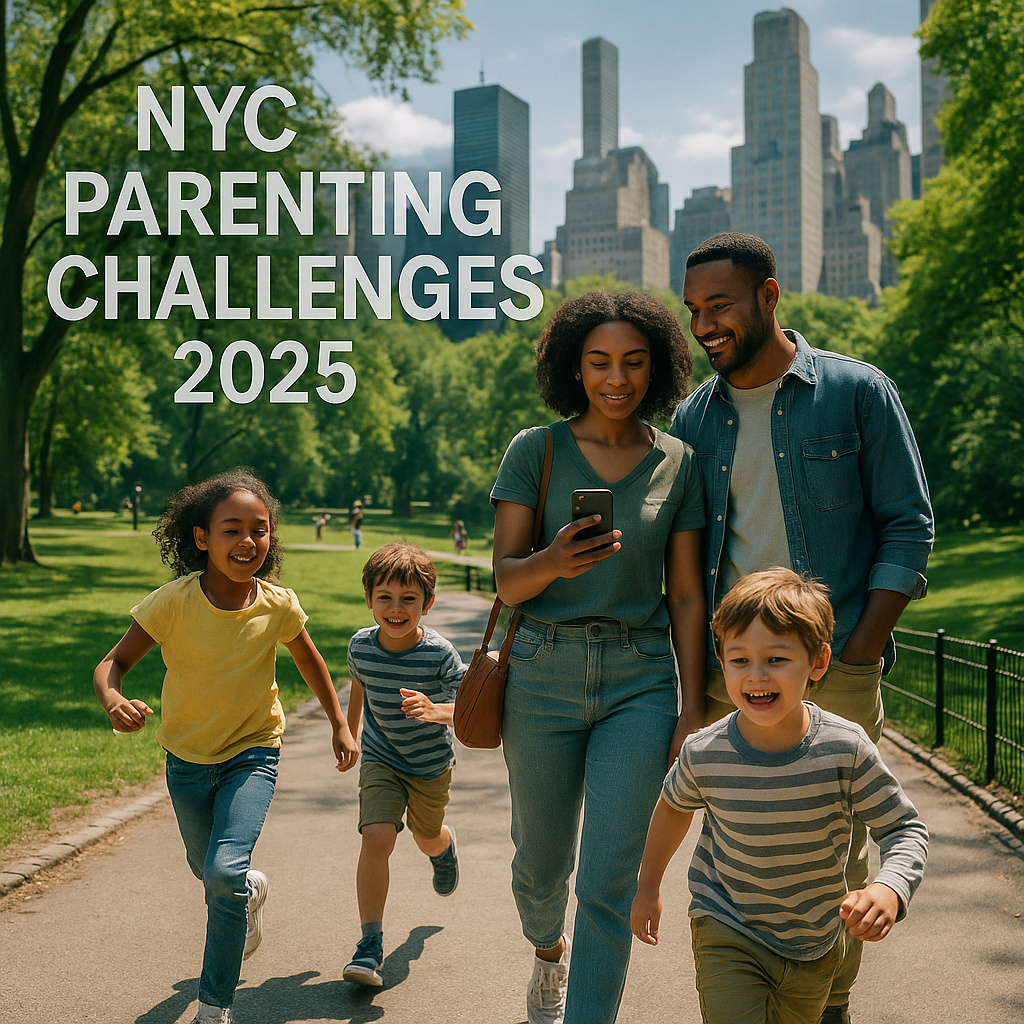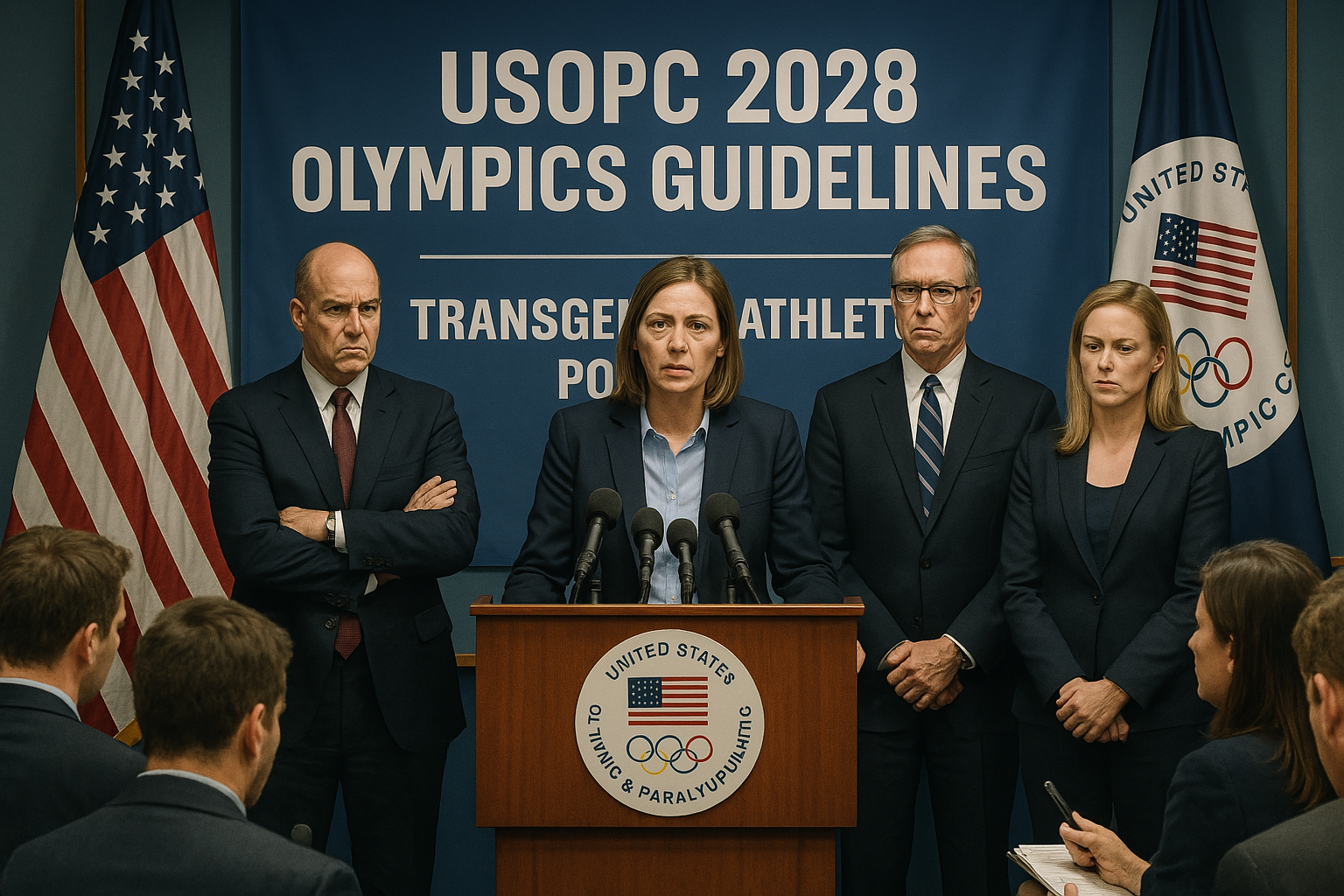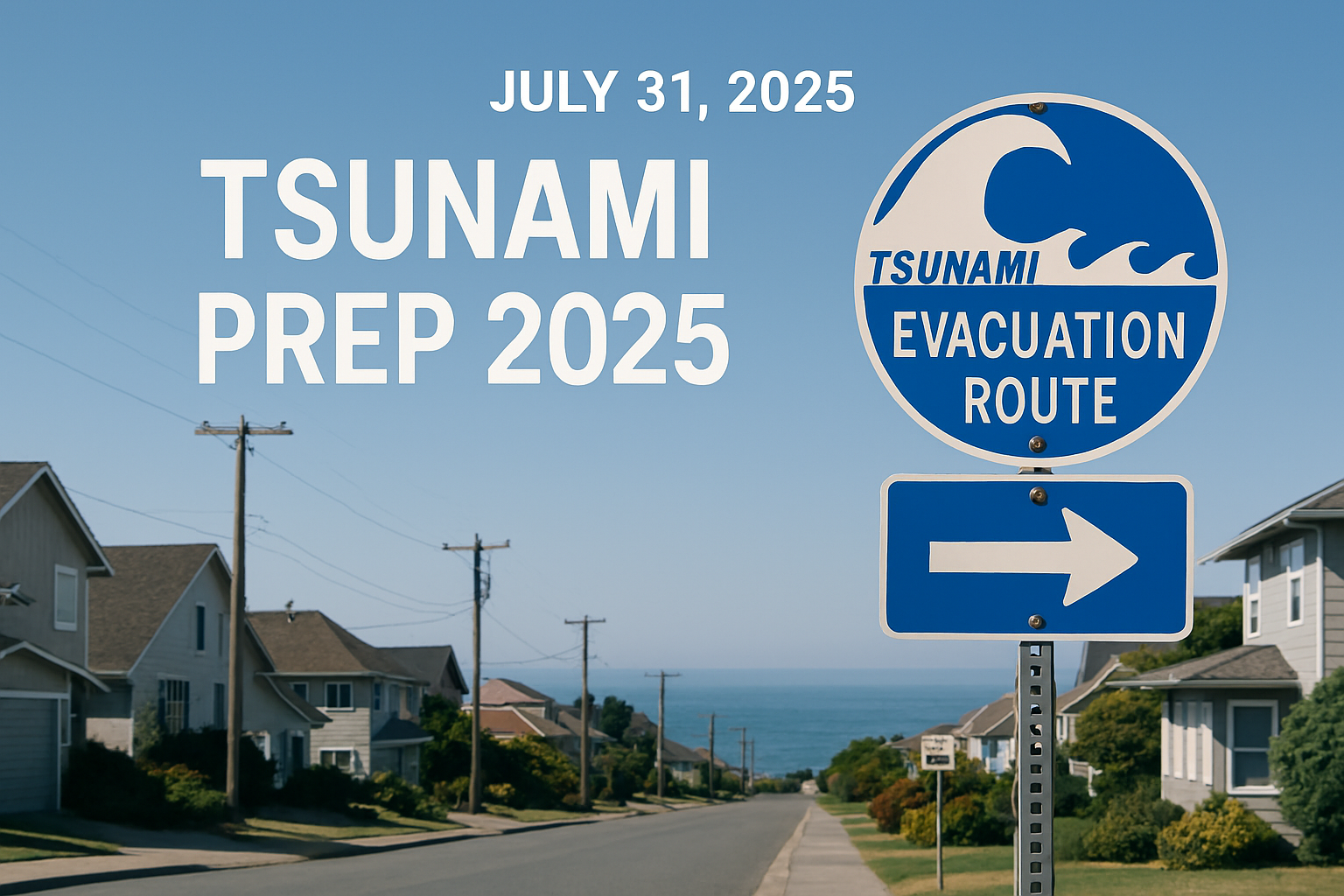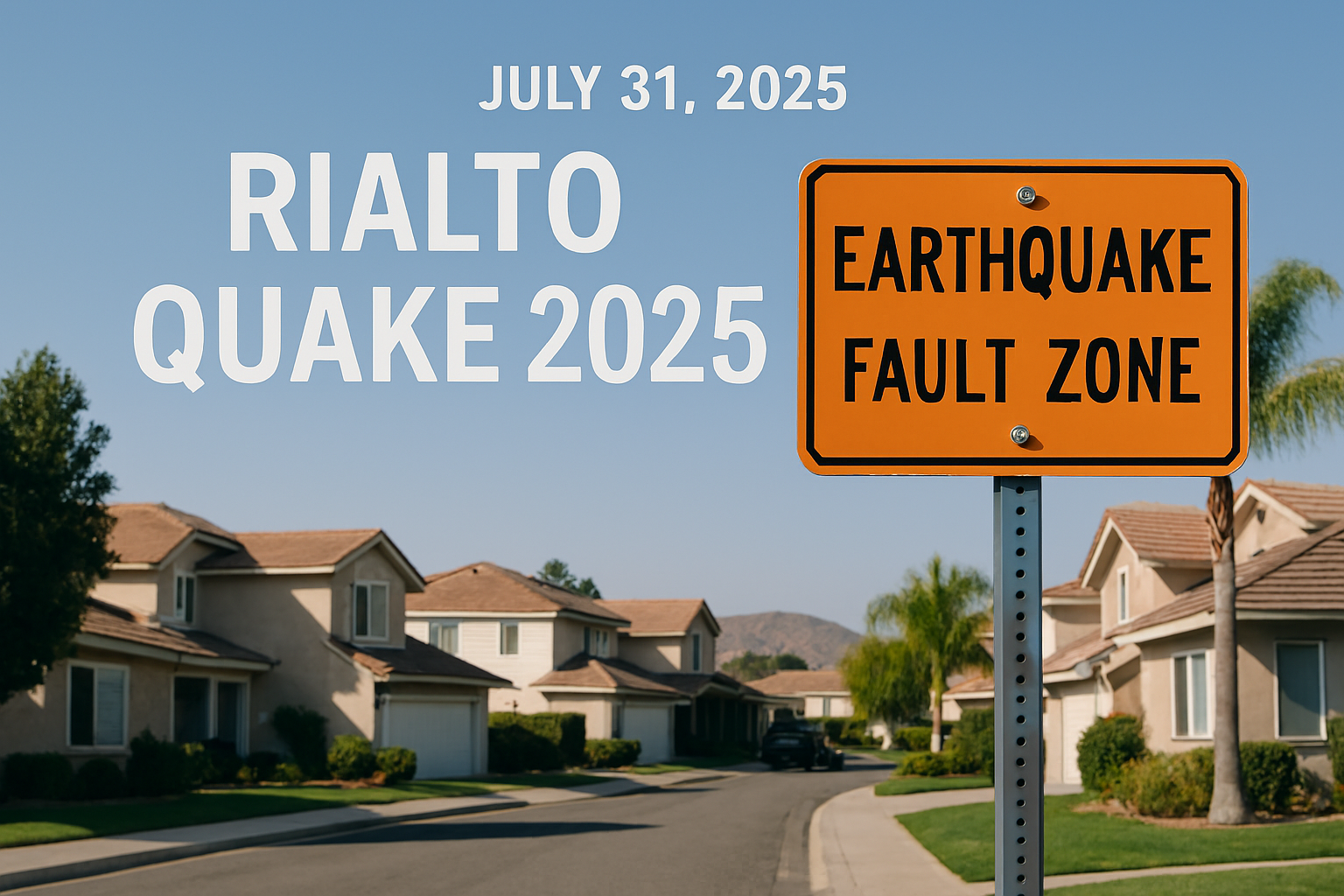New York New Jersey Flooding 2025: Travel Chaos Grips Northeast
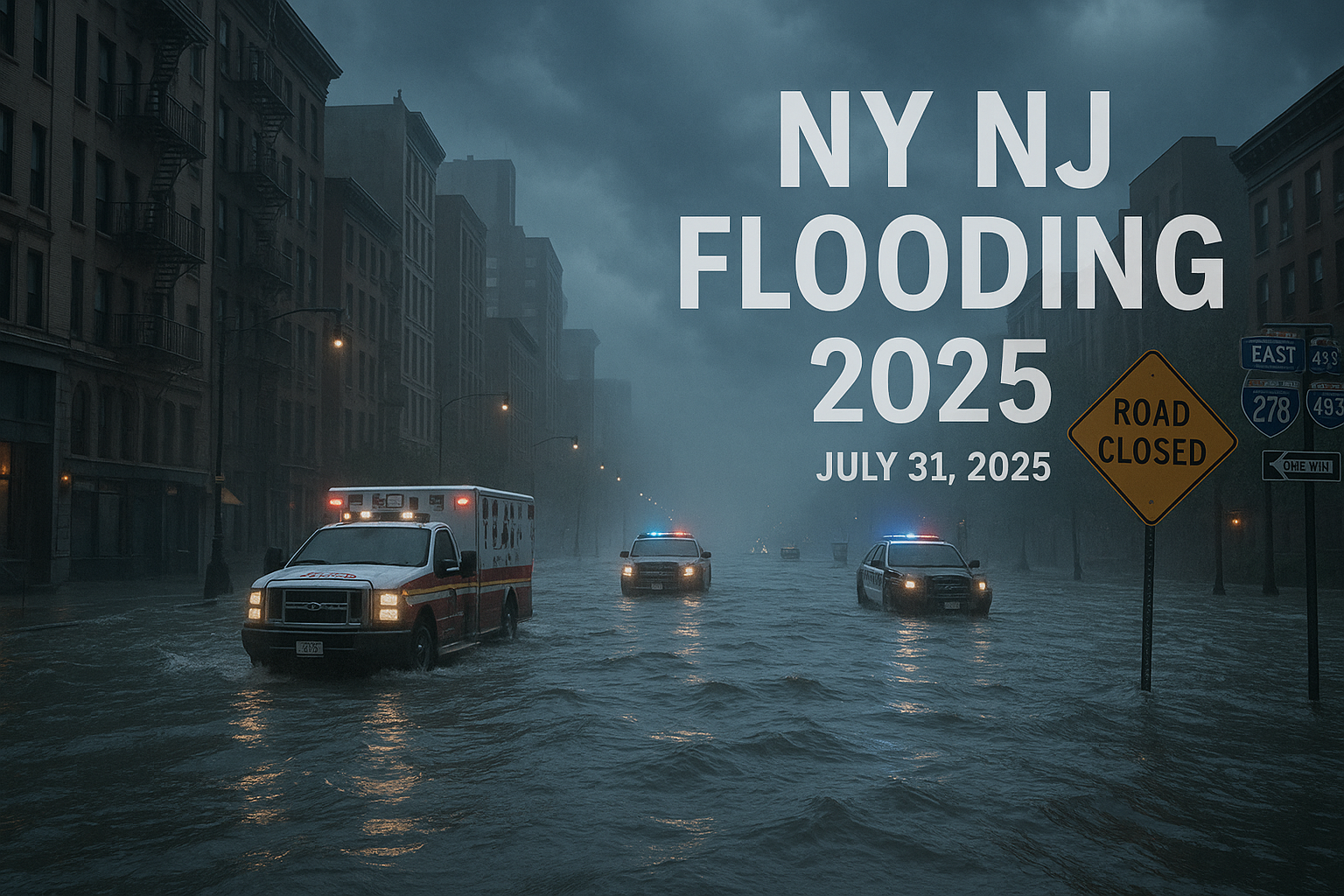
Torrential rains turned streets into rivers and subways into waterfalls, bringing New York and New Jersey to a standstill as flash flooding swept through the region. The New York New Jersey flooding 2025, peaking on July 31, triggered states of emergency, stranded commuters, and grounded flights, with the National Weather Service reporting up to 3 inches of rain per hour, per Newsweek. From submerged highways to flooded subway stations, the storms exposed the region’s aging infrastructure and heightened climate risks, leaving millions scrambling. What caused this chaos, and how can residents prepare for future floods?
The Flooding Crisis: Widespread Disruptions
On July 31, 2025, a slow-moving storm system fueled by humid air and a cold front unleashed heavy rainfall across the Northeast, hitting New York and New Jersey hardest, per The New York Times. Key impacts included:
- Transportation Chaos: The Metropolitan Transportation Authority (MTA) reported suspensions on NYC subway lines A, B, C, D, E, and F due to flooding in stations like 7th Avenue in Park Slope, per The Guardian. New Jersey Transit halted service on the Gladstone Branch between Gladstone and Bernardsville, per Newsweek. Major roads, including the Clearview Expressway and Throgs Neck Bridge in Queens, were closed, with FDNY and NYPD rescuing drivers from vehicles submerged in up to 7 feet of water, per QNS cited in Newsweek.
- Airport Disruptions: Over 8,000 flights were delayed and 1,547 canceled across the U.S., with LaGuardia (351 cancellations), Newark Liberty (241 cancellations), and JFK airports among the hardest hit, per FlightAware cited in Newsweek. Rideshare prices spiked, with a 3.3-mile Lyft ride in NYC quoted at $230, up from $30, per Newsweek.
- States of Emergency: New York Governor Kathy Hochul declared a state of emergency for NYC and surrounding counties, urging early employee dismissals to avoid the evening commute, per Newsweek. New Jersey Acting Governor Tahesha Way declared a state of emergency effective 2 p.m. ET, closing state offices and warning of flash flooding, per nj.gov. NYC Mayor Eric Adams issued a travel advisory and flood watch until August 1, urging basement apartment residents to seek higher ground, per Newsweek.
- Rainfall Totals: Staten Island saw 1.92 inches, Brooklyn 1.37 inches, and parts of northern New Jersey up to 5–7 inches, with rainfall rates of 2–3 inches per hour, per nysmesonet and The New York Times. A child in Mount Airy, Maryland, died after being swept into a storm drain, per WBAL cited in The Independent.
This followed a July 14 storm that killed two in Plainfield, New Jersey, when their car was swept into Cedar Brook, with 6.67 inches of rain in Clark, NJ, per The New York Times. Central Park recorded 2.07 inches in one hour, the second-wettest hour in NYC history, per USA Today.
Climate and Infrastructure: A Perfect Storm
The National Weather Service attributed the flooding to a moisture-rich airmass and sea-breeze interactions, exacerbating flash flood risks in urban areas with poor drainage, per Newsweek. NYC’s sewer system, designed for 1.75 inches of rain per hour, was overwhelmed by rates exceeding 4 inches, per Reuters. Key context:
- Climate Change: Warmer Atlantic waters and rising sea levels are increasing rainfall intensity by up to 52% by 2100, per The Guardian. The July 14 storm was the sixth-highest hourly rainfall in NYC since 1869, a trend seen in storms like Hurricane Ida (2021), which killed 14 in basement apartments, per The Guardian.
- Aging Infrastructure: NYC’s 39,000 subway ventilation grates require manual closure, and the MTA seeks $6 billion for flood resilience, per The New York Times. New Jersey’s buckling roads, like Route 22, highlight underfunded repairs, per The New York Times.
- Recent Patterns: The Northeast saw 216 flood reports on July 14, the most for any July day since 1986, per The Guardian. Earlier 2025 floods in Texas (131 deaths) and North Carolina (5 deaths) underscore a national trend, per Le Monde.
Critical Perspective: Systemic Failures Exposed
The establishment narrative, as voiced by officials like Hochul and Adams, emphasizes emergency responses and public compliance, per Newsweek. However, critical gaps persist:
- Infrastructure Lag: NYC’s $1 billion stormwater investment since 2021 is insufficient, with 70% of subway stations flood-prone due to outdated designs, per The Guardian. New Jersey’s proposed flood zone regulations are deemed inadequate by environmentalists, per The New York Times.
- Warning Systems: Flash flood alerts reached only 60% of NYC residents due to low app adoption, per NYC Emergency Management. Rural areas like Mount Joy, PA, faced similar delays, despite 16 rescues, per USA Today.
- Economic Impact: Rideshare price gouging (e.g., $230 for a $30 ride) exploits commuters, yet regulators have no immediate countermeasures, per Newsweek. Small businesses, like a Scotch Plains flower shop, face uninsured flood losses, per The New York Times.
- Climate Denial: Official statements avoid linking floods to climate change, despite evidence of intensified storms, per The Guardian. This delays systemic solutions like green infrastructure, adopted by only 15% of Northeast cities, per EPA.
These gaps highlight a reactive approach, leaving urban centers vulnerable to increasingly frequent storms.
How to Prepare for Flash Floods
Residents can take proactive steps, per FEMA and National Weather Service:
- Stay Informed: Monitor weather.gov or download the FEMA app for real-time alerts. Follow @nycemergencymgt or @NWSNewYorkNY on X.
- Avoid Flooded Areas: Never drive through flooded roads; 12 inches of water can sweep away a car, per NWS. Most flood deaths occur in vehicles, per Newsweek.
- Relocate if Needed: If in a basement apartment or low-lying area, move to higher ground during flood warnings, per NYC 311. Identify shelters via nyc.gov/shelters.
- Emergency Kit: Prepare a kit with 3 days of water (1 gallon per person/day), food, flashlights, batteries, and first-aid supplies, per FEMA.
- Protect Property: Use sandbags or flood barriers for homes in flood-prone areas. Baltimore distributed free sandbags, a model for NYC, per The New York Times.
- Insurance: Standard homeowners’ insurance excludes flood damage; purchase coverage via floodsmart.gov, with a 30-day waiting period, per FEMA.
Broader Implications
- Economic Toll: Flood-related damages in NYC and NJ could exceed $500 million, based on 2021 Ida costs, per FEMA. Small businesses and low-income residents face disproportionate losses, per The Guardian.
- Community Impact: Flooded schools and businesses in Staten Island and Brooklyn disrupted daily life, with cleanup ongoing into August, per CBS News. Mental health strain from repeated floods affects 20% of residents, per American Psychological Association.
- Policy Needs: Zohran Mamdani, NYC mayoral candidate, called for climate-proofed infrastructure, per Le Monde. New Jersey’s tightened building codes are a start, but only 10% of at-risk structures are retrofitted, per The New York Times.
What’s Next
The National Weather Service predicts residual flooding risks through August 2, 2025, with drier weather expected by Friday, per The New York Times. NYC and NJ officials are deploying resources for cleanup, with Hochul activating state agencies for real-time monitoring, per The Independent. Residents can report flooding via 311.nyc.gov or nj.gov/oem. Long-term, a $10 billion federal resiliency fund is under discussion, per Reuters. Share your flood preparedness tips on X to build community resilience.
Conclusion
The New York New Jersey flooding 2025 brought chaos to the Northeast, exposing vulnerabilities in infrastructure and emergency systems. While states of emergency and heroic rescues mitigated harm, the crisis demands bolder investments in climate resilience and equitable recovery. As storms intensify, preparation is key—check alerts, secure your home, and stay safe. Share your experiences below to help others navigate future floods.
